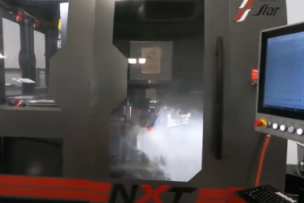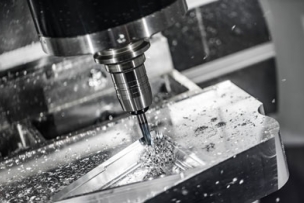And while technology has improved mightily since that seemingly ancient age, and while the costs for quick-change tooling and offline presetting systems have come down, far too many machine shops are still relying on their old-school setup procedures: tramming in their 6-inch machinists’ vises with a test indicator, performing manual tool touch-offs with the same edge finder they used in trade school, and standing in front of the CNC stepping through programs one line at a time, one hand on the feed rate override and the other hovering over the feed hold and E-stop buttons.
Read more: Career Spotlight: How Do I Become a CNC Programmer?
Make a Pit Stop
That’s assuming those shops are still in business, of course. The painful truth is that production quantities continue to fall, part geometries are growing more complex, and skilled machinists are in even shorter supply than when those now legacy articles were first published. Machine shops that haven’t yet engaged in a setup time reduction program will continue to see their margins fall and their setup times consume more of their available machine time.
So what’s to be done about it? Steve Vice, PIP Lean service engineer for Sandvik Coromant, in Mebane, North Carolina, has several suggestions.
“The best way to start is by assembling a small team of people from your shop floor and the front office,” he says.
“It’s amazing what an office person can see that a shop person might not, but one person cannot do this alone because you need to get buy-in from all involved,” he adds.
“Next, video-record a complete machine setup. Some define this as ‘last completed part to first completed part,’ but others also include the inspection time after the setup. Once taped, have the team review the process and break down all the things they see that waste time. Make changes, videotape another setup, and repeat until you’ve achieved the desired results.”
Read more: Small Parts and Precision Machining: Advice from the Experts on Tools and Techniques
Back to Zero







Talk to Us!
Leave a reply
Your email address will not be published. Required fields are marked *